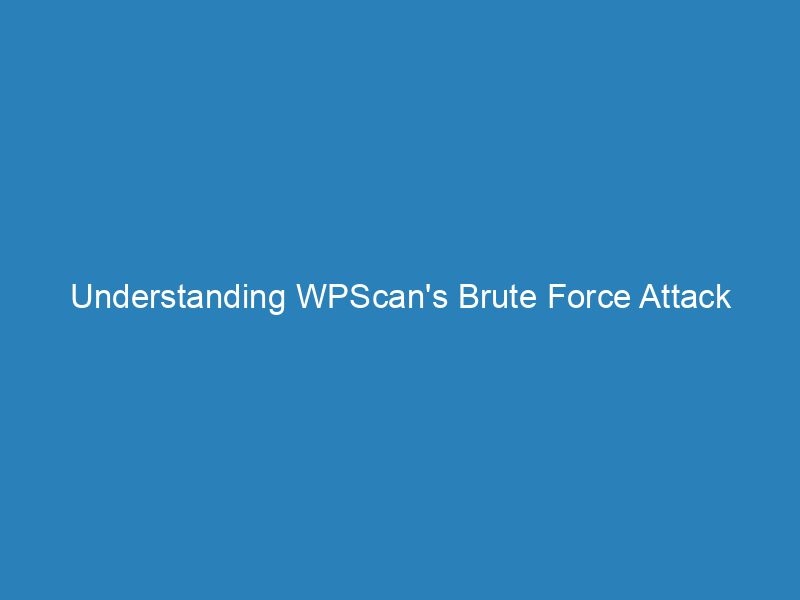
Understanding WPScan’s Brute Force Attack Prevention and Password Security for WordPress
In the ever-evolving landscape of cybersecurity, WordPress sites continue to be prime targets for attackers, particularly through password brute-force attacks. These attacks exploit weak passwords, seeking to gain unauthorized access to user accounts, especially those with administrative privileges.
Understanding Password Brute Force Attacks
Password brute forcing involves systematically attempting various password combinations to bypass authentication measures. Hackers often utilize extensive lists compiled from previously compromised accounts, making it easier to guess passwords based on real user data. This method increases their chances of success compared to random guessing.
Common Weak Passwords
Many users unknowingly put their sites at risk by choosing easily guessable passwords. Here are ten examples of passwords that should be avoided at all costs:
- 123456
- password
- 123456789
- 12345678
- 12345
- qwerty
- 123123
- 111111
- abc123
- 1234567
If your password resembles any of these, it’s imperative to change it immediately to safeguard your site from potential breaches.
WPScan: A Tool for Brute Force Testing
WPScan is a powerful security scanner specifically designed for WordPress sites, and one of its notable features is its capacity for password brute forcing. The WPScan Command Line Interface (CLI) can efficiently test a range of passwords against user accounts on a WordPress site.
How to Use WPScan for Brute Force Attacks
To execute a brute force attack using WPScan, the following command can be used:
wpscan --url http://yourwordpresssite.com --passwords passwords.txtIn this command, you provide the target website’s URL and specify a text file containing your list of potential passwords. WPScan systematically checks valid WordPress usernames against these passwords, as demonstrated in the example below:
Upon testing, WPScan was able to correctly guess the password for the ‘admin’ user, which was simply ‘password.’
Prevention Strategies
To mitigate the risk of brute force attacks, users should prioritize creating strong, unique passwords for their accounts. Utilizing password managers, such as OnePassword, can aid in generating and storing complex passwords securely.
Additionally, checking if your passwords have been compromised through services like “Have I Been Pwned?” can provide insight into your password’s security status. Signing up for their email alerts offers an added layer of protection against future breaches.
Implementing reputable WordPress security plugins can further enhance your site’s defenses. These plugins can proactively simulate brute force attacks to identify weak passwords among privileged users, thereby reinforcing account security.

